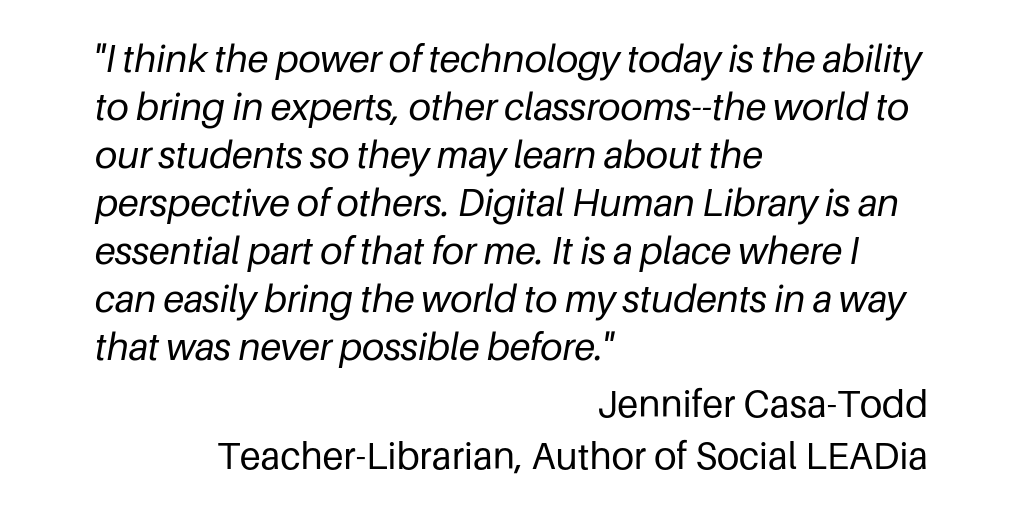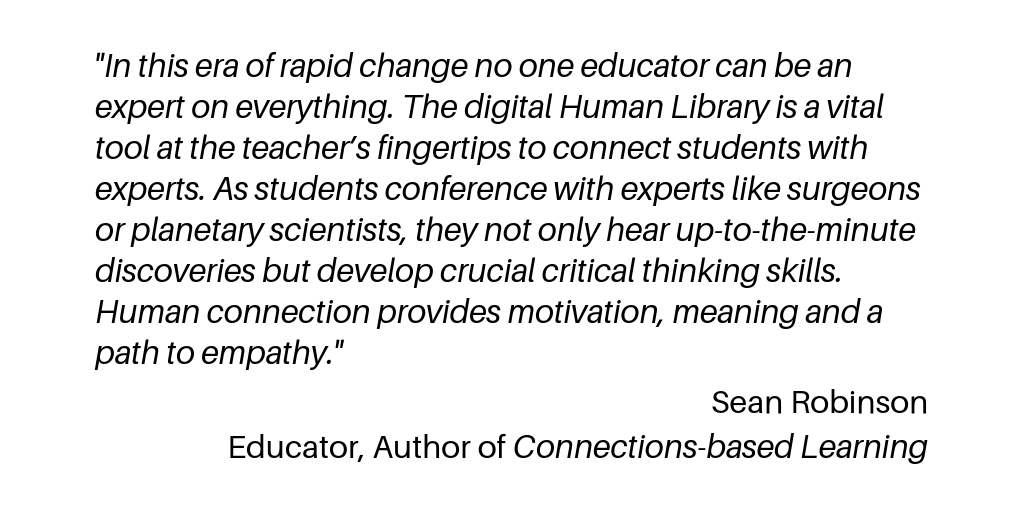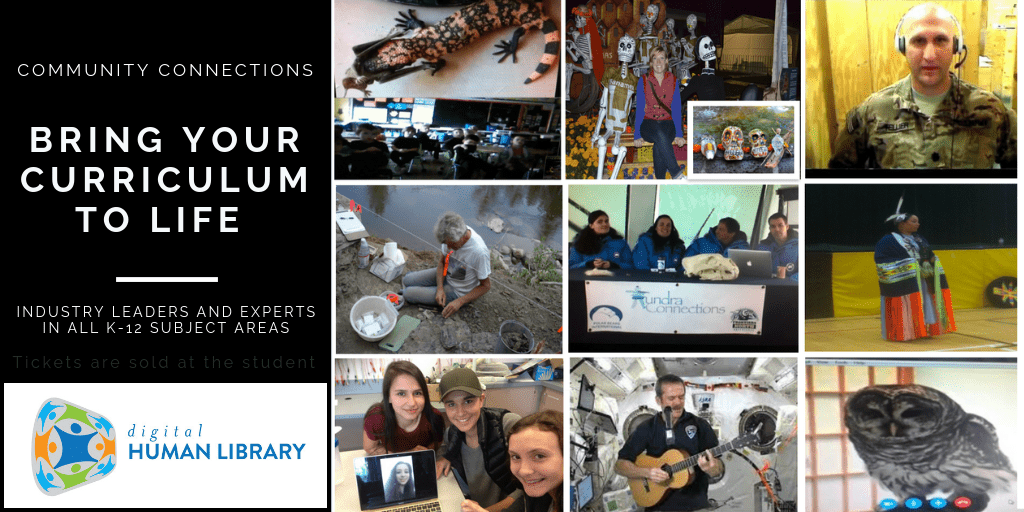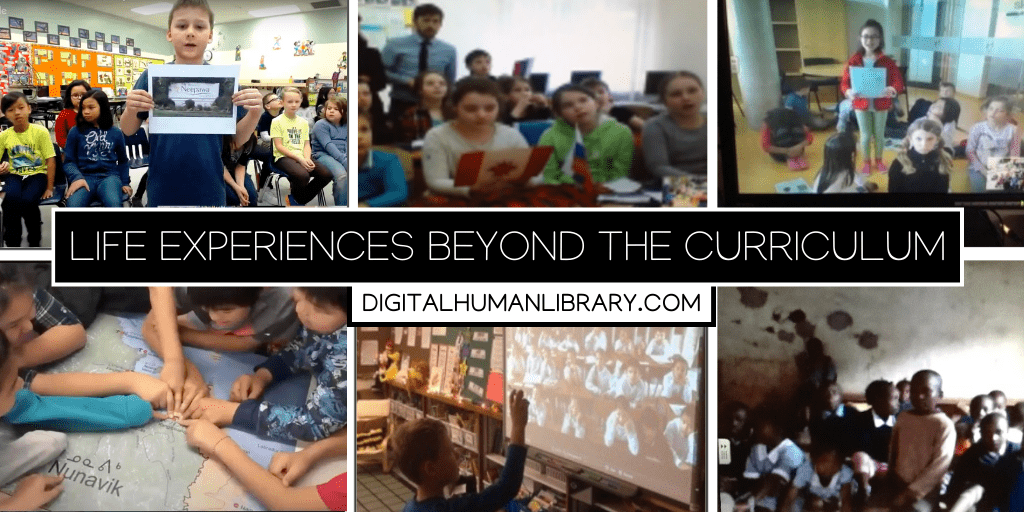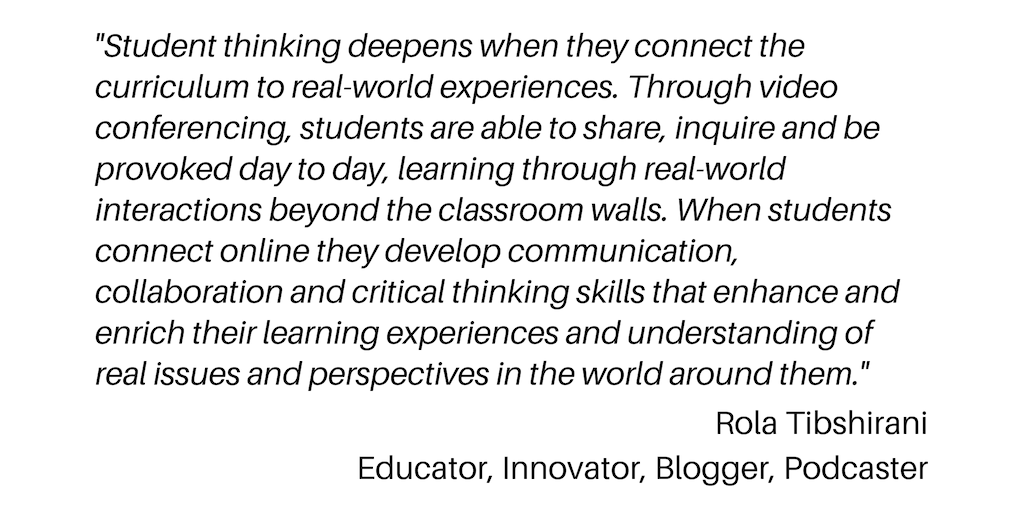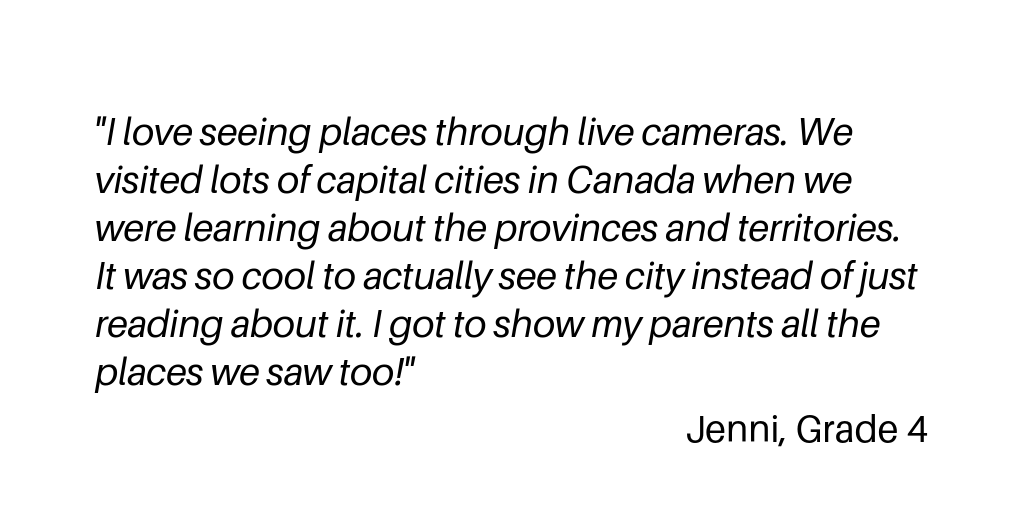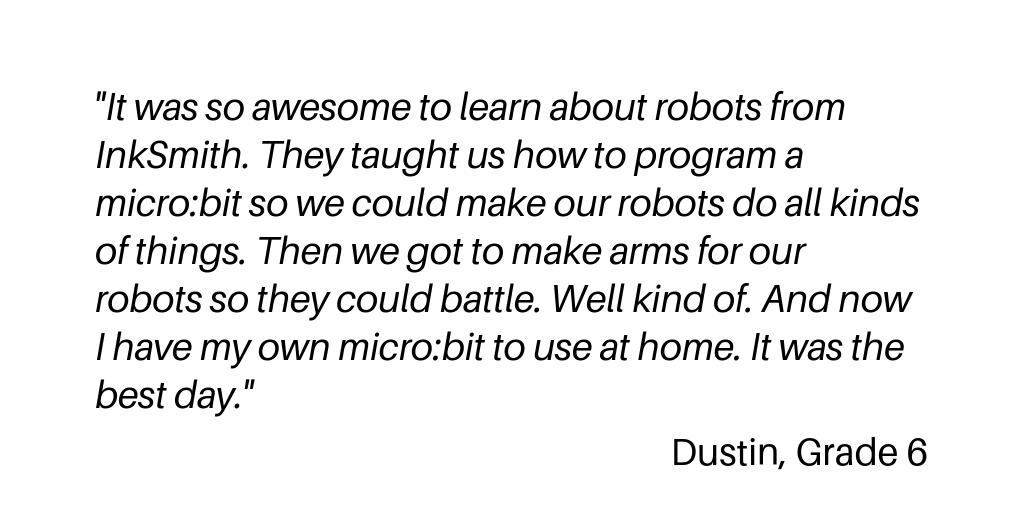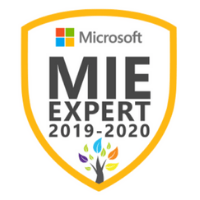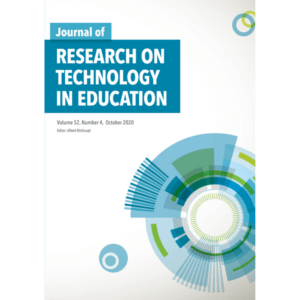Wearable technology has a tremendous potential to change the future of education if it is successfully integrated into classrooms. Wearables seemed like a futuristic technology just a few years ago, but they are destined to grow in popularity. Here’s a look at the future of wearable tech in academia, as well as ways it is already being used in the classroom.
Heads Up Education
Wearable devices that feature a heads up display have tremendous potential for both educators and students. The most well known of these devices is Google Glass, but competitors like the Optivent ORA and Epson Moverio offer many of the same features. Smart glasses take video and play it back on the lens’ display, making it perfect for educators who want to simulate a hands-on experience for students in the classroom. For example, Lucien Engelen, the Director of the Reshape Center for Innovation at Radbound University Medical Center, conducted research about the viability of Google Glass in operating theaters and ambulances. She found that the quality of the pictures and videos would be valuable for education and consultation. Although Google has ended its Glass Explorer program, The Verge reported that according to Eric Schmidt (Google executive), a device is being made ready for users. As these devices reach a consumer price point, more and more students will have the opportunity to experience the virtual-reality classroom.
Smart Watches
Smart watches are already finding popularity among students, due in part to the ubiquity of smartphones. Students are already used to carrying around a device at all times with a step counter and accelerometer in the form of smartphones like the iPhone 6. Smart watches link with smartphones to provide users with fitness apps, text capabilities and notifications from other apps. With a smartwatch, students can send a text through the web interface to a teacher regarding difficulties with homework. Students who are intimidated to speak in front of large groups of people are now using their smartphones to ask questions about lessons in a more private way. And finally, smart watches can also function as remote PowerPoint presentation devices, and they offer teachers and students a vast suite of organizational tools that you can wear on your wrist.
Logging Experiences
Many wearable devices are being built to create a sort of life-logging technology that allows users to relive their days. For example, the Narrative Clip is a tiny automatic camera that logs everything its users experience. Weighing in at just 20 grams, the Narrative Clip can store 8,000 pictures and has enough battery life to last for up to two days. The Narrative clip takes a picture every two minutes and is capable of taking high-quality HD video at any time. This would allow entire classrooms to effortlessly watch video lectures or field learning experiences. Like smart glasses, it also gives teachers a device that allows them to log devices hands-free to share with students through the classroom or online. This system of proxy experience is the future of online education as more and more people attend classes through online programs.
How are you and your students using wearable technology in the classroom?
This post is also available in: English (Anglais)




